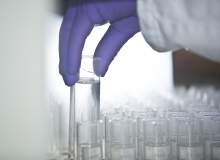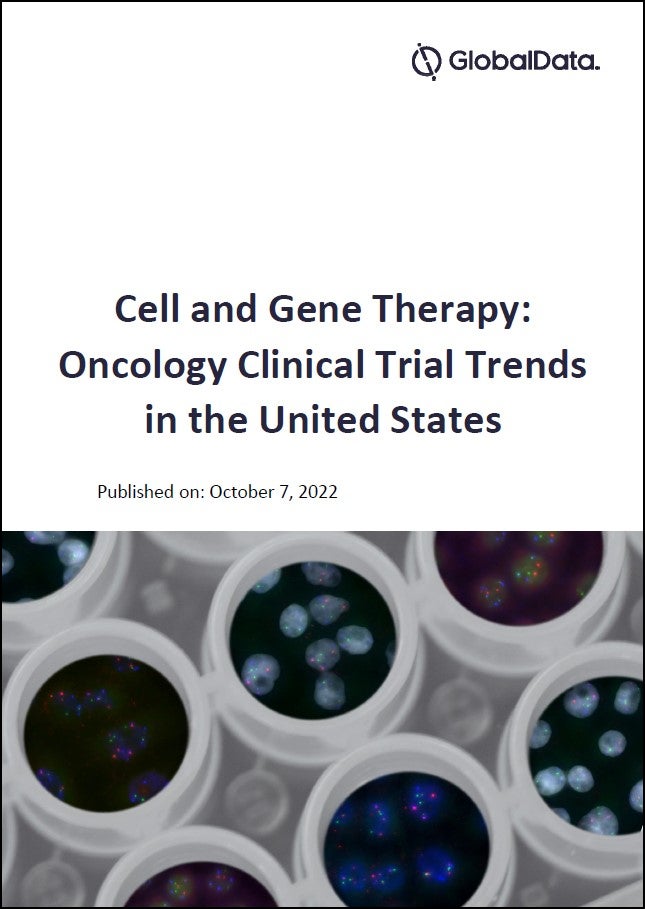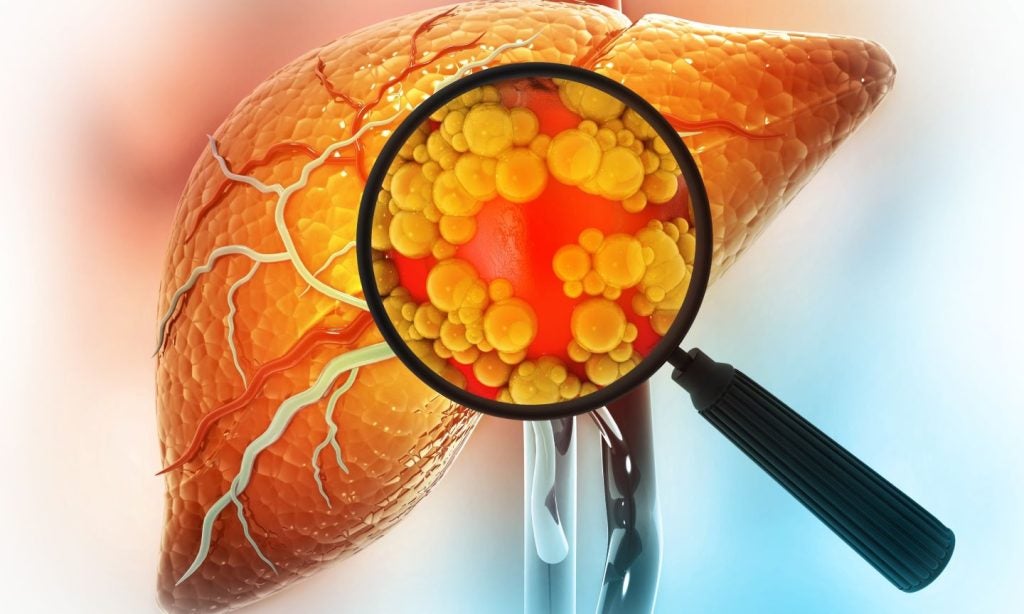

For some time now, breast cancer treatment has been synonymous with chemotherapy. Whether the cancer is still localised, or whether it has spread through the body, chances are the patient will be offered a cocktail of cytotoxic drugs designed to blast cancer cells.
At present, traditional chemotherapies and hormonal treatments represent 98% of the drugs on the market, with the remaining 2% barely leaving a ripple in the treatment landscape. In short, this is not a therapeutic area known for diversification.
That being so, anyone who glances at the breast cancer treatment pipeline may end up looking twice. With 1,050 drugs in active development across all stages, and 347 first-in-class programmes, the pipeline is a hub of activity. What is more, the range of mechanisms of action is extremely broad, with conventional therapies comprising just 16% of products.
As Dominic Trewartha, managing analyst for GBI Research, explains, the breast cancer treatment market of the future looks set to be increasingly segmented.
How well do you really know your competitors?
Access the most comprehensive Company Profiles on the market, powered by GlobalData. Save hours of research. Gain competitive edge.

Thank you!
Your download email will arrive shortly
Not ready to buy yet? Download a free sample
We are confident about the unique quality of our Company Profiles. However, we want you to make the most beneficial decision for your business, so we offer a free sample that you can download by submitting the below form
By GlobalDataSee Also:
"Broadly, all of the hallmarks of cancer are targeted – for example, proliferation in the absence of appropriate growth signals, evasion of apoptosis – and the main thing the pipeline products have in common is the fact that they act on these hallmarks," Trewartha says.
"Apart from this, the targets are part of a wide range of pathways, and fulfil a wide range of functions in different parts of the cell. These include many types of target, such as intracellular signaling proteins, receptor tyrosine kinases, structural proteins, transcription factors and many others. Just over 40% of pipeline product for which there is a disclosed target is acting on new molecules," he adds.
A crowded pipeline
In March 2016, GBI Research released a report analysing the breast cancer treatment pipeline. This forms part of its Frontier Pharmaservice, which has been developed for healthcare professionals interested in a specific indication. It places a particular focus on first-in-class innovation, where one or more pipeline products act on a novel molecular target. It also aims to identify potentially transformative developmental programmes across each indication covered.
"The reports provide a scientific and clinical perspective about the rationale, strength and weaknesses of novel products, based on available peer-reviewed scientific literature, and identify novel products that have not been involved in licensing or co-development deals," explains Trewartha.
With breast cancer, the opportunities are obvious. The condition has the most crowded pipeline in the entire pharma industry, with some 289 first-in-class products yet to be involved in licensing or co-development deals, and important strategic implications for all market participants. This unprecedented level of innovation is being driven by a perfect storm of factors.
One is the size of the patient population – as the most common cancer overall in females, excluding non-melanoma skin cancers, breast cancer is sufficiently prevalent to warrant a search for novel cures.
Another is the maturity of the market. With the underlying pathophysiology well understood, companies have been able to develop effective and commercially successful products, such as Herceptin, that build on the existing scientific groundwork. Oncologists have identified a large pool of potential molecular targets that remain to be studied in full.
"Finally, there are strong unmet needs, which have driven the continued pipeline activity," says Trewartha. "Although almost all patients with a localised cancer will survive beyond five years, effectively considered a cure, only 25% of patients with metastatic cancer will survive as long, and these patients are where most of the research is focused."
Because the report looks more at early-stage innovation than late-stage pipeline drugs, it does not cite any particular candidates that seem to hold breakthrough potential. Additionally, because breast cancer is such a complex condition, there is little suggestion that any one drug will provide a silver bullet.
However, GBI Research has identified a number of novel molecular targets that are attracting industry attention. These include a number of growth factor receptors, in addition to certain members of the PI3K/Akt pathway.
"We will see more approved targeted therapies for specific patient subpopulations, broadly defined by the overexpression, deletion and mutation of various gene products," says Trewartha, who adds that multiple targeted therapies, used concurrently, are most likely to improve prognosis.
Research in action
Given the scope of the pipeline, it is tempting to think of breast cancer as a kind of case study for what can be accomplished. With other therapeutic areas faring less well, to what extent might the breast cancer field provide a useful template to follow?
"Generally a lack of understanding as to the pathophysiology of a disease can hold a therapeutic area back," says Trewartha.
"Alzheimer’s disease is a key example. While serendipity is often involved in pharmaceutical research, a coherent understanding of the underlying pathophysiology of a disease, including an understanding of patient segmentation, can greatly speed up this process. This involves basic research into the disease, which helps to identify a wider range of molecular targets to be studied and drive clinical research towards the more promising targets, as opposed to relative dead-ends."
In short, for a pharmaceutical pipeline to take off in this way, it is necessary for research to arrive at a certain, critical juncture. As an earlier GBI Research report makes clear, Alzheimer’s disease does have a relatively large and diverse market pipeline – at least compared to the current treatment landscape. Unfortunately, the field has seen a dearth of therapeutic progress until now, due to both limitations in understanding and to a high clinical attrition rate.
While there are several other factors at stake – not least the level of unmet need left by non-pharmaceutical interventions, and the size of the patient population – it seems that where the pathophysiologists go, the drug developers will follow. This much certainly applies in the case of breast cancer.
It is important to remember that not all the first-in-class products identified will reach the market. According to a recent report by Research and Markets, breast cancer therapies in development have an overall attrition rate of 61%, and tend to see particularly high failure rates in Phase II. However, GBI Research expects a certain proportion will go all the way, transforming the clinical and commercial landscape.
"Within this time frame, a full cure for advanced cancer patients seems unlikely," says Trewartha. "But it appears likely that progress will have been made in terms of improving the outlook."






